About the Environmental Specimen Time Capsule Building
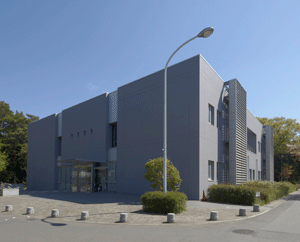 |
In the Environmental Specimen Time Capsule Building, somatic cells, germ cells (e.g., sperm, eggs, and fertilized eggs), and tissues of endangered species are cryopreserved as genetic resources. Cryopreservation of genetic resources, the so-called genetic resource bank, is one of the options for ex situ conservation activities. In addition, genetic resources are used for research activities such as reproductive biology, genetic diversity evaluation, bioresource development, and infectious disease ecology. |
Method for cryopreservation of cells and tissues as genetic resources
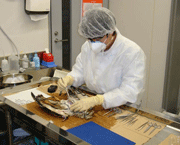 A veterinarian conducts a postmortem examination to investigate the cause of death. Infectious diseases, such as avian influenza, tularemia, leptospirosis, and brucellosis are the most important components of the examination. |
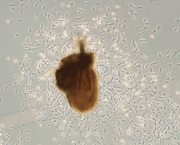
When we confirmed that the bodies are free of pathogens, cell culture and tissue sampling are conducted for cryopreservation. |

The cultured cells and tissues are packed in storage tubes. |
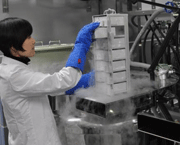
The tubes are transferred to storage tanks, and the inside temperature of the tank is maintained at -165 ℃ with liquid nitrogen vapor. |
Examples of species preserving cells and tissues
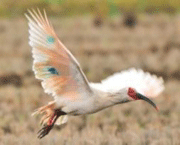 Japanese crested ibis Nipponia nippon (EW) |
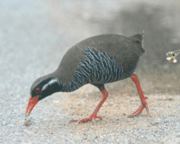 Okinawa rail Gallirallus okinawae (CR) |
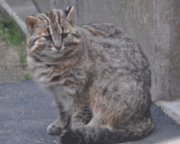 Tsushima leopard cat Prionailurus bengalensis euptilurus (CR) |
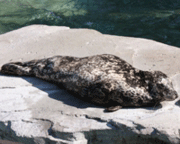 Harbor seal Phoca vitulina (NT) |
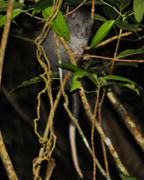 Ryukyu long-haired rat Diplothrix legata (EN) |
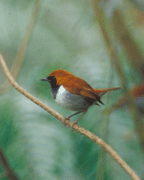 Ryukyu Robin Luscinia komadori namiyei (EN) |
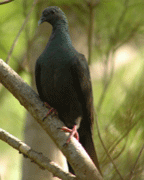 Japanese wood pigeon Columba janthina janthina (NT) |
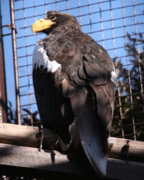 Steller's sea eagle Haliaeetus pelagicus (VU) |
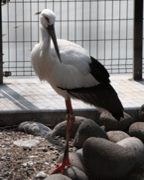 Oriental stork Ciconia boyciana (CR) |

